
The fundamental background continues to favor the dollar, which is in demand as a safe haven asset due to ongoing geopolitical tensions.
Since the beginning of the month, the USD index has grown by more than 2%.
Meanwhile, the growing divergence in the rates of the European Central Bank and the Federal Reserve, as well as the high exposure of the eurozone economy to the ongoing conflict between Russia and Ukraine, place a heavy burden on the shoulders of the single currency.
The greenback fluctuated between gains and losses for most of yesterday and weakened slightly after comments by Atlanta Fed President Rafael Bostic. He said he expects six rate hikes this year and two in 2023, which is a softer stance than most of his colleagues.
However, as you know, the last word remains with Fed Chairman Jerome Powell.
On Monday, Powell said that the central bank should act quickly to control too high inflation, and if necessary, will use higher than usual interest rates for this.
This turned out to be enough to undermine the already fragile mood in the markets and encourage dollar bulls.
As a result, the US currency was able to gain strength against its main competitors.
It ended yesterday's trading with an increase of almost 0.3%, around 98.50 points.
Tracking the weakening of the risk appetite, the key Wall Street indices broke the winning streak for four sessions, having previously marked the biggest weekly rise since the beginning of November 2020.
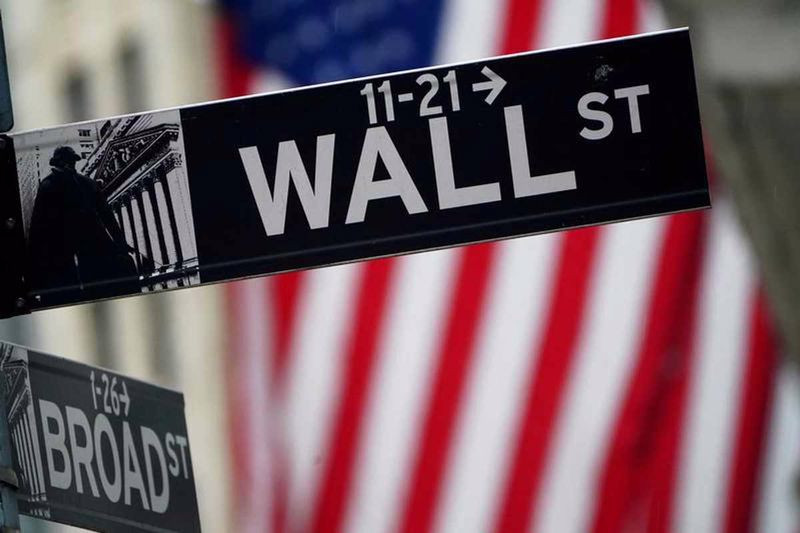
After an initial rise of 0.4%, the S&P 500 settled slightly below the opening levels, dropping 0.04% to 4,461.18 points.
Even after the recent rally, the broad market index is below the 4,600-point mark reached in February.
According to experts, the indicator's ability to overcome this level will be a signal to investors that growth has long-term prospects, and is not just a temporary rebound.
With a confident breakdown up of the 200-day moving average, which is now passing near 4480, the index can resume the upward movement, indicating the completion of the correction. Otherwise, a pullback to the nearest support, which is at around 4,300, is possible.
The market is overbought, and this does not bode well for it, Fundstrat analysts say. Weekly and monthly impulses remain negative, which creates difficulties for attempts to extend the current rally, they say.
A similar picture is observed in the foreign exchange market, where the fundamental background plays into the hands of the EUR/USD bears and supports the prospects for further decline of the pair.
Having reached a local high in the area of 1.1065, the main currency pair attracted bears and closed yesterday in negative territory, near 1.1015.
In addition to the hawkish comments of the head of the Fed, the pair was pressured by the lack of progress in negotiations between Moscow and Kiev.
In a statement released on Monday, the Kremlin noted that no significant progress had been made in peace talks with Ukraine and warned that the EU embargo on Russian oil would "hit everyone."
The United States, which is currently the largest producer of "black gold" in the world, is now better able to withstand the oil shock than in the 1970s, said the day before Powell.
At the same time, it is obvious that the European economy is already suffering from current energy prices. The geopolitical premium in commodity prices is still very high.

On Monday, oil quotes continued to rise as the European Union weighed the possibility of joining the United States in banning the import of Russian oil.
Brent and WTI brands rose by more than 7%, respectively to $115 and $112 per barrel.
"We have a growing understanding that several supply chains can be severed forever. Energy prices, regardless of how the fighting in eastern Europe ends, will remain high," ING strategists said.
"Given the momentum behind the dynamics of interest rates in the US, we can easily imagine that the EUR/USD pair will attack the recent low around 1.0800 during the upcoming sessions," they added.
Many analysts predicted a 0.5% increase in the federal funds rate in March. But this did not happen, apparently due to the fear of the US central bank to have a negative impact on financial markets.
In addition, the Fed did not immediately raise the rate by 0.5% due to the emerging geopolitical risks associated with the situation in Ukraine. Thus, the central bank left itself a loophole for maneuvering.
Some FOMC officials want to move faster, and a number of analysts note that when rates move in accordance with the forecasts of the Fed, it usually ends in a recession, and not a "soft landing", which Powell is counting on.
St. Louis Fed President James Bullard disagreed with the central bank's decision to raise the rate by just a quarter of a point, arguing that high inflation requires a more aggressive approach.
He insists that by the end of this year, the federal funds rate should exceed 3%, which is significantly higher than the FOMC estimate of 1.875%.
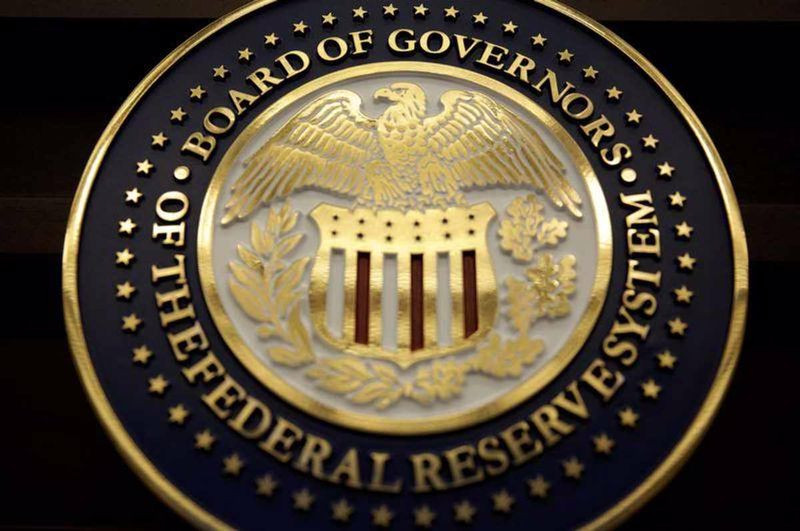
Even before last week's Fed meeting, former US Treasury Secretary Larry Summers said that the central bank was on the wrong track, intending to raise rates by only a quarter of a point.
"I believe that the Fed has not realized the scale of the mistakes made over the past year; it is working with a dangerous structure and should take much more decisive action to maintain price stability," he said.
Otherwise, the American economy will face years of stagflation with 5% inflation and 5% unemployment, which will eventually result in a recession, he warns.
According to Summers, real rates should reach 2 or 3%, which requires an increase in the nominal rate to 5% or even higher.
Meanwhile, PIMCO co-founder Bill Gross has a different opinion.
"I suspect that the federal funds rate cannot be raised above 2.5-3% without harm to the economy. We are just used to consistently low rates, and significantly higher levels will destroy the housing market," he said.
Gross' forecast does not leave much room for maneuver for FOMC officials, who expect the federal funds rate to reach 2.8% in 2023. Back in December, the Committee intended to keep the forecast for the rate at 2.1% per annum.
Following the results of the March meeting, the central bank raised the inflation estimate from 2.6% to 4.3% in 2022 and from 2.3% to 2.7% in 2023.
The revision of forecasts for inflation and the key rate indicates a certain uncertainty of the Fed's leadership, which apparently fears that consumer prices will remain at an elevated level for quite a long time.
At first, inflation was "transient", then it was caused by supply bottlenecks, then high oil prices came, and the expectation of a food crisis crowns the top.
According to the UN, food security is at its lowest level since the Second World War.
All this does not fit well with the Fed's assessment that inflation in the US will fall below 3% in 2023.

It is noteworthy that less than a week has passed since the central bank implemented its first rate hike in three years, and Powell pointed to the urgency of solving the problem of inflation.
"There is an increasing risk that a prolonged period of high inflation may lead to an undesirable increase in long-term expectations, which underscores the need for prompt action by the FOMC," he said.
"If we come to the conclusion that it is appropriate to act more harshly by raising the federal funds rate by more than 25 basis points, we will do it," the head of the Fed said.
At the same time, Powell expects inflation to fall to almost 2% over the next three years. He noted that although the "soft landing" of the economy may not be easy, there are many historical precedents.
"The economy is very strong and has good opportunities for a tighter monetary policy," Powell said, adding that he does not expect a recession this year.
However, analysts say that this is a difficult trick that is difficult to hone.
"Powell was quite frank that there is uncertainty. If you keep going until you see the desired result, most likely you have gone too far," Morgan Stanley analysts said.
"We expect that at subsequent meetings (May, June, July), the FOMC will continue to raise the key rate by 25 bps per meeting. However, by the September meeting, the damage caused by the Ukrainian crisis to global growth may become a threat to US economic expansion. The doves in the FOMC will most likely cease to be enthusiasts of tightening by then and will require a pause. Thus, the central bank will prefer to assess the effects of four increases before resuming tightening," Rabobank believes.
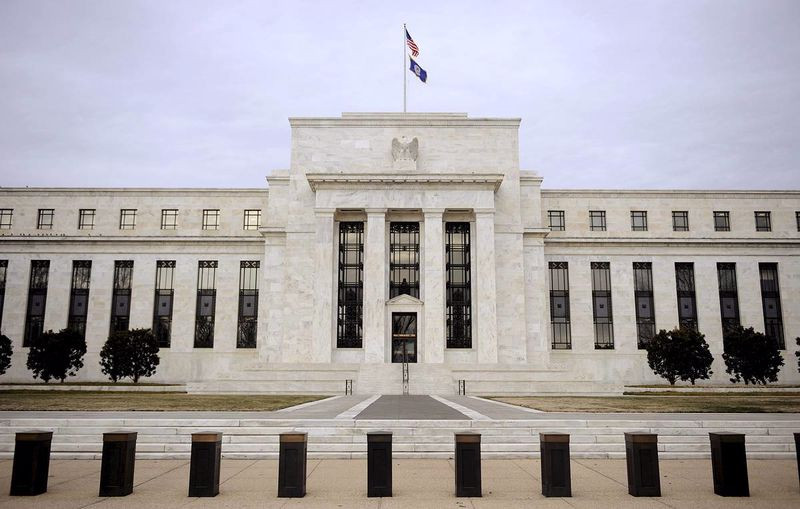
Goldman Sachs analysts said they are now waiting for two rounds of federal funds rate hikes of 50 basis points, starting from the next FOMC meeting (May and June), followed by four increases of 25 basis points by the end of the year.
"We have a rather unpleasant situation for the markets right now in the sense that usually the Fed's policy tightening cycle first supports risk sentiment, and then you start to fear for tightening financial conditions, which will lead to a slowdown in growth. Now you have an incredible urgency of tightening, a steep recovery cycle, and this puts the problem of slowing growth much closer," they noted.
However, the markets are used to the fact that the forecasts of the Fed are not always implemented in practice.
"The reality is that there are a lot of moving figures, and we don't know what will actually happen," Powell said the day before. "We will deal with what will happen, and it is not yet known whether it will be better or worse," he added.
"The Fed prefers to sound hawkish rather than seem dovish, but is forced to play catch-up in the current environment," Standard Chartered strategists said.
According to experts, determining the direction of the Fed's policy in itself may be a tactical step, but it may also be the result of the current moment and uncertainty about whether the economy, emerging from the health crisis, will really return to a pre-pandemic form.
So far, the market expects that the federal funds rate above 2-2.5% will not take off.
However, Powell's speech from yesterday signals that these expectations may change significantly. Now in the United States, discontent is growing about the surge in inflation, which puts pressure on the Fed. Therefore, a serious change in the rhetoric of the Fed's leadership is quite likely, as well as faster steps by the central bank in terms of raising rates (by more than 25 bps) are possible. And the market is not putting this into quotes yet, which creates additional space for strengthening the dollar.
The rally of the US currency slowed down right before the 99.00 mark. After touching the weekly peak around 98.95 points on Tuesday, the USD index slightly adjusted.
This was largely facilitated by the improvement in market sentiment, as investors quickly digested Powell's hawkish comments.
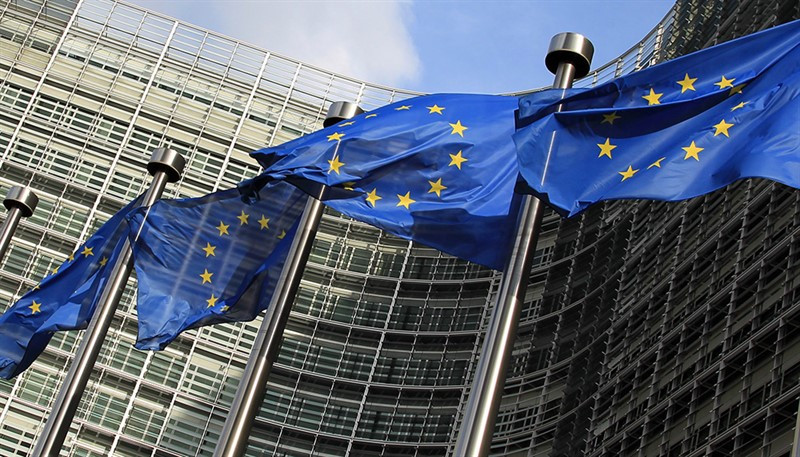
A certain amount of optimism was brought by the news that after the meeting on Monday, the EU foreign ministers could not come to a consensus on whether to impose an embargo on Russian oil.
The key stock indexes of Wall Street moved to growth today, playing back the fall of the previous day. In particular, the S&P 500 is gaining about 1%.
Taking advantage of the weakening of the greenback positions, the EUR/USD pair bounced back, finding a weekly "bottom" at 1.0960.
However, in the current situation, short positions on the pair remain preferable, especially if the ones announced yesterday by Powell's plans will begin to be actively implemented.
There is reason to believe that any significant strengthening of the euro against the US dollar will attract new bears and fade away fairly quickly.
At least, this is the opinion of Scotiabank economists, who believe that the EUR/USD pair will move down, since the hawkish position of the Fed and the ongoing conflict in Ukraine put pressure on the single currency.
"The markets are already pricing in an 85% probability of two rate hikes in the eurozone by 25 bps in 2022. Apparently, this is the biggest thing the ECB will do this year, and creates limited opportunities for the euro to grow," they said.
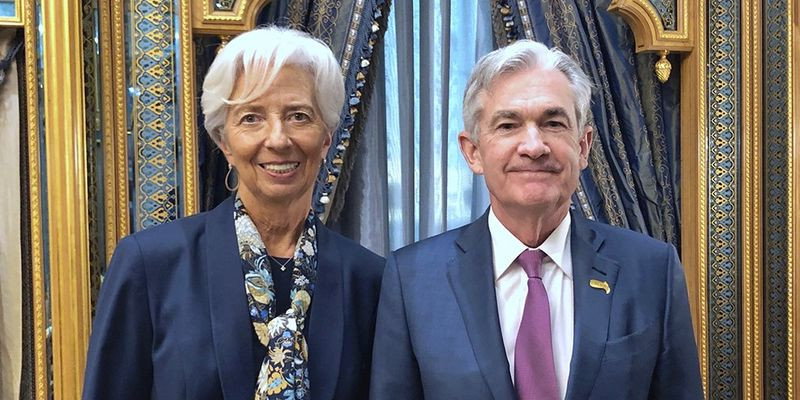
"As the Fed acts more aggressively and plans to exceed the neutral rate, the difference in yields on both sides of the Atlantic will remain an obstacle for the euro over the next few quarters. We believe that the single currency is aimed at retesting $1.08 in the coming days/weeks against the background of the ongoing Russian-Ukrainian conflict and the growing divergence in the rates of the Fed and the ECB," Scotiabank reported.
ECB President Christine Lagarde admitted on Monday that the monetary policy of the central bank will not be synchronized with the Fed in the foreseeable future.
"Our two economies are in different phases of the cycle. This was before the conflict in Ukraine," she said. "For geographical reasons, Europe is much more susceptible to this conflict than the United States," Lagarde added.
The current consolidation of the EUR/USD pair is temporary before a broader decline, according to Credit Suisse.
"Short-term support is expected at 1.0950, then at 1.0900. The breakdown of this mark should clear the way for a repeat test of the uptrend support from the low of the beginning of 2017 and the recent low at 1.0825-1.0806. Although the pair may linger here, we continue to wait for a breakdown in due time. Below 1.0806, support is in the area of 1.0775-1.0766, further - at 1.0727 and, ultimately, near the lowest level of 2020 at 1.0635," the bank's specialists noted.
"Meanwhile, a breakdown of 1.1070-1.1072 is needed to ease the bearish pressure and target the pair at 1.1120, and then to the recent high and Fibonacci retracement at 1.1138-1.1145, potentially to 1.1275, where sellers are expected," they added.
 English
English 
 Русский
Русский Bahasa Indonesia
Bahasa Indonesia Bahasa Malay
Bahasa Malay ไทย
ไทย Español
Español Deutsch
Deutsch Български
Български Français
Français Tiếng Việt
Tiếng Việt 中文
中文 বাংলা
বাংলা हिन्दी
हिन्दी Čeština
Čeština Українська
Українська Română
Română

